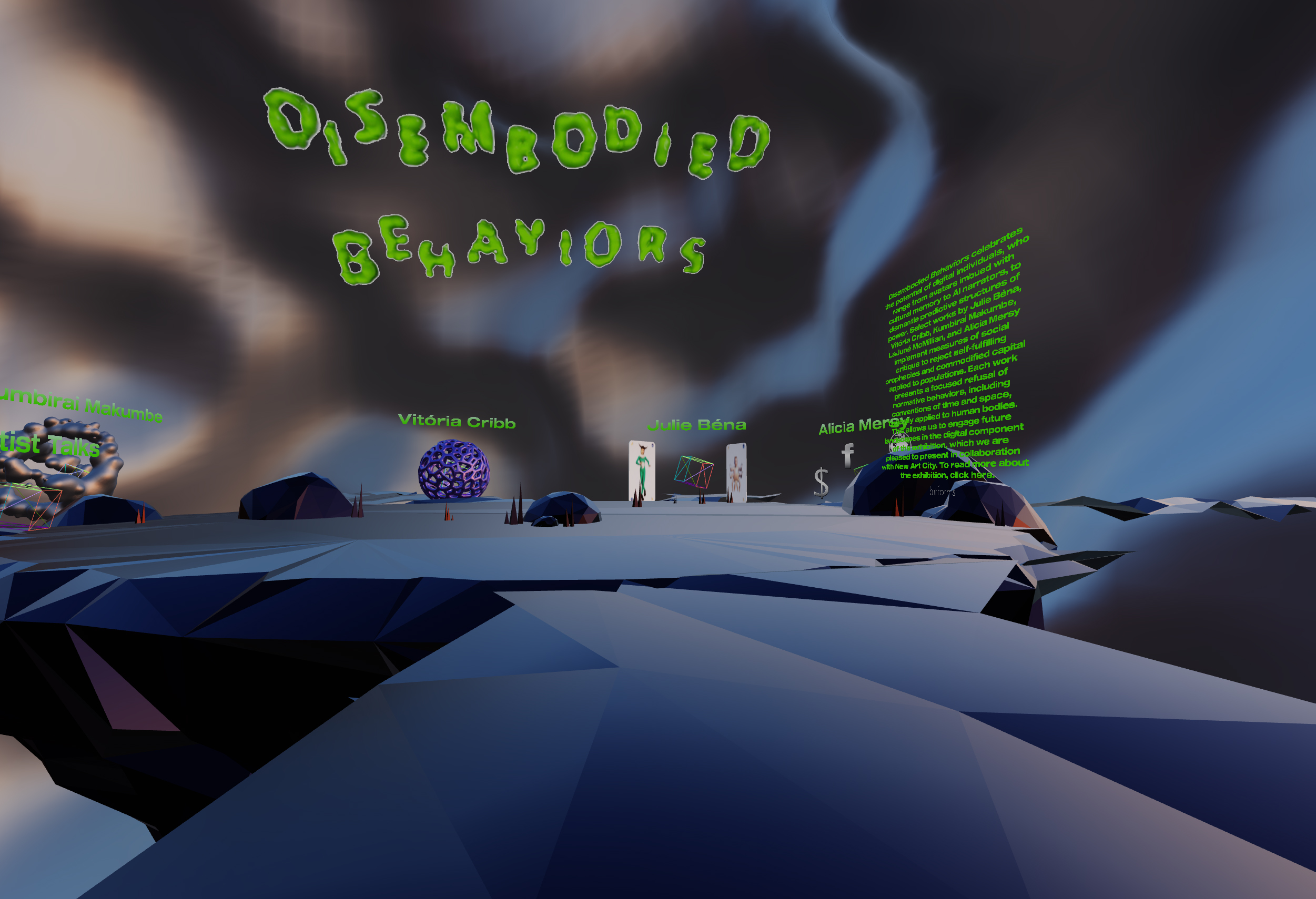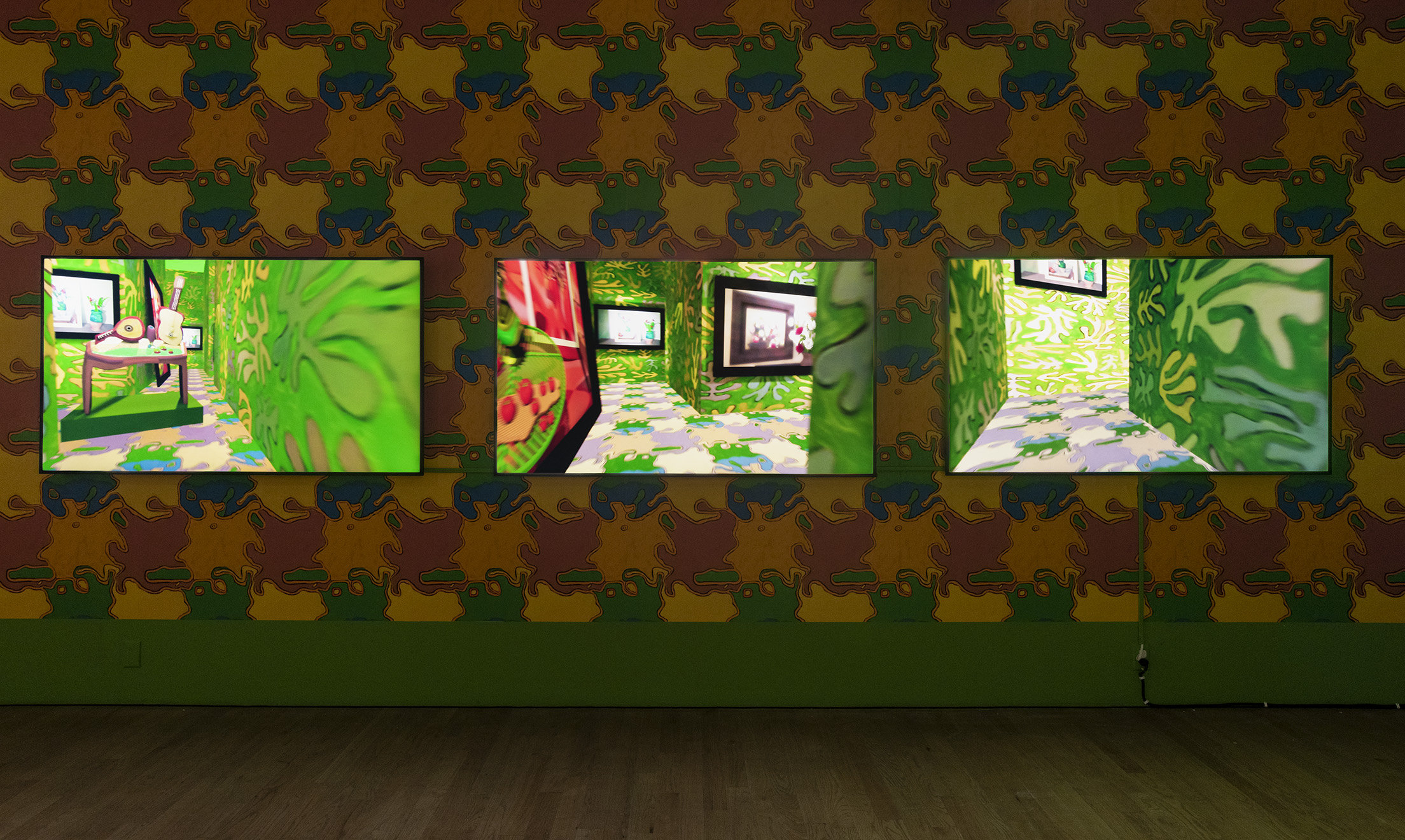By Steven Sacks, director of bitforms gallery
The art world was particularly hard hit since the onset of Covid. Artists, galleries and museums all needed to drastically adjust to a new world. Public spaces were shuttered, thus most artist’s shows were cancelled, leaving them disenfranchised and unmotivated to produce new work. Collectors were too distracted and concerned about their health and family to support the arts. No Basel. No Frieze. No fairs to view art, gather and socialize. Sans art fairs left many small and medium sized galleries with a massive deficit in their income.

In my 20 years as a gallerist I have never seen anything like it. Virtual and digital initiatives became a necessity to stay relevant and survive. The art fairs attempted to create online platforms, but most were novice and ineffectual. They were basically glorified web sites, nothing original or engaging. Since my gallery is very experienced in new media and online realms we were able to adapt and produce a range of online exhibitions that received favorable press, but sales were still a challenge. Virtual platforms such as Mozilla Hubs and New Art City provided us novel ways to present exhibitions and interact with visitors. We had a solo show with Siebren Versteeg that was embedded entirely in an email. For one of our group shows, Tree of Life, we worked with 2 artists to curate and build a unique website which was the only way to view the exhibition.

Three-channel video animation (color, sound), three screens or projectors, media players, speakersץ Screen size variable, Ed 3, 1 AP
Offering video artworks became a desirable option during the pandemic. Using video art distribution platforms such as NIIO I was able to curate shows online and present them to collectors and curators. We shared the actual video artworks in high resolution, maintaining the integrity of the art vs. exhibiting low quality representations of 2D works in a poorly designed web site.

Generative animation (color, silent), computer, screen. Dimensions variable, portrait orientation. Edition of 7, 1 AP
Although this past year has seen unprecedented challenges, many artists and galleries have deepened their connection to new media and virtual environments. This new knowledge will permanently be embedded in both artist’s practice and future gallery programming– better preparing us all for the next challenge that arises.
